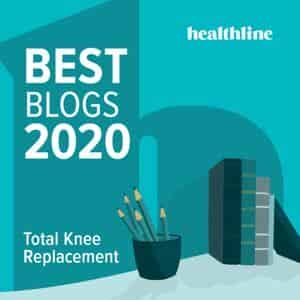KnightHawk
new member
- Joined
- Oct 23, 2020
- Messages
- 7
- Country
 United States
United States
- Gender
- Male
Hi everyone,
Had FAI and labral repair surgery on July, 21 2020. Have had a long history of hip/hamstring/flute/lower back pain. Was really hoping the surgery was going to improve my pain when I sit down dramatically. It did help with some of the actual hip pain(3 month post op went well doc said it looks good) and walking feels more natural now, if you guessed there was a "but" coming you're spot on. The pain I feel while sitting on hard surfaces is still severe to the point where I am unable to do without severe pain at least the rest of the day. Been doing pt this whole time and everything I was supposed to do. Now it feels like my muscles are thickening up quite a bit and have numbness in my legs, some doctors think piriformis, some think low back, some think problem in the brain with upper neurons. I do have tightness in my piriformis and low back/glute/hammstring area, it also feels like a thicker muscle as well (not sure how else to explain that).
Also on the hip that was operated ony, still dealing with nerve sensitivity issues and pain, was wondering how long anyone else had to deal with that? Any advice on what to do about spasticity in my muscles and severe pain while sitting down? I've tried ice/heat, foam rollers, cushions, stretching, all different kinds of medications. Not sure what direction to go now
Had FAI and labral repair surgery on July, 21 2020. Have had a long history of hip/hamstring/flute/lower back pain. Was really hoping the surgery was going to improve my pain when I sit down dramatically. It did help with some of the actual hip pain(3 month post op went well doc said it looks good) and walking feels more natural now, if you guessed there was a "but" coming you're spot on. The pain I feel while sitting on hard surfaces is still severe to the point where I am unable to do without severe pain at least the rest of the day. Been doing pt this whole time and everything I was supposed to do. Now it feels like my muscles are thickening up quite a bit and have numbness in my legs, some doctors think piriformis, some think low back, some think problem in the brain with upper neurons. I do have tightness in my piriformis and low back/glute/hammstring area, it also feels like a thicker muscle as well (not sure how else to explain that).
Also on the hip that was operated ony, still dealing with nerve sensitivity issues and pain, was wondering how long anyone else had to deal with that? Any advice on what to do about spasticity in my muscles and severe pain while sitting down? I've tried ice/heat, foam rollers, cushions, stretching, all different kinds of medications. Not sure what direction to go now




